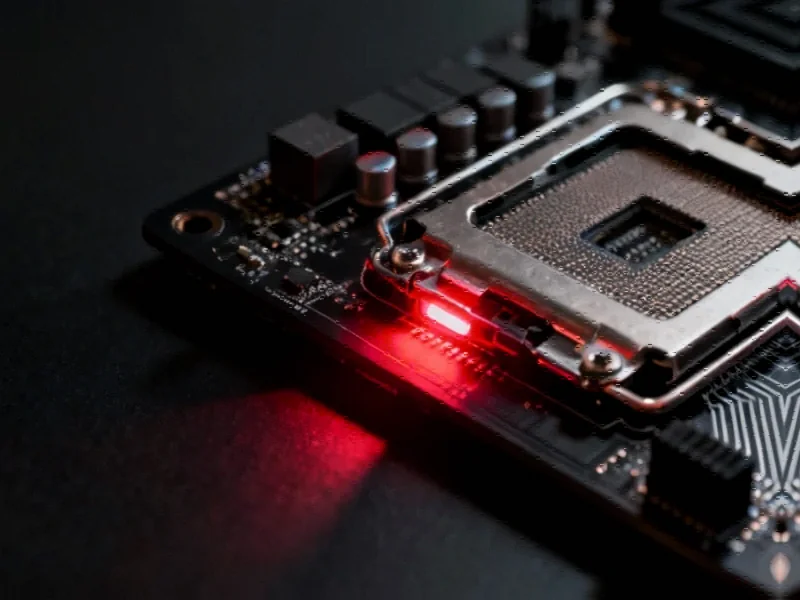In a recent and critical advisory, Microsoft has confirmed that its October update for Windows 11 is causing significant disruptions for users attempting to access system recovery tools. The core of the issue lies within the Windows Recovery Environment (WinRE), where USB-based keyboards and mice become unresponsive, effectively locking users out of critical troubleshooting options.
The Scope of the System Failure
The problem is not isolated to a single version of the operating system. Microsoft’s official statement indicates that the bug affects a wide range of current platforms, including the newly released Windows 11 version 24H2, the upcoming 23H2, and even Windows Server 2025. This widespread impact underscores a significant flaw in the update’s deployment process. While everyday operation within Windows 11 remains unaffected, the inability to use input devices in WinRE presents a major obstacle. Users cannot select options to repair startup issues, run system restore, or reset their PC to factory settings—all essential functions for both IT professionals and everyday users.
Why This Is a Critical Vulnerability
The severity of this bug is amplified by the modern hardware ecosystem. The vast majority of contemporary desktop and laptop computers rely exclusively on USB ports for peripheral connectivity. Legacy PS/2 ports, which could serve as a fallback, are now a rarity. Furthermore, Bluetooth devices, which are common for wireless mice and keyboards, typically do not have their drivers loaded in the pre-boot WinRE, making them useless in this scenario. This situation leaves affected users with very few practical workarounds, turning a routine recovery process into a potential system bricking event. This incident is a stark reminder of how a single software update can create a cascade of failures, not unlike the domino effect observed in recent cloud infrastructure outages.
Connections to Broader Industry Challenges
This Windows 11 input failure is symptomatic of a larger trend in the technology sector, where complex software ecosystems can introduce unforeseen vulnerabilities. The reliance on continuous updates, while necessary for security and features, can sometimes introduce new stability issues. This is reminiscent of how other critical infrastructure vulnerabilities have been exposed by unexpected system failures. It highlights the perpetual challenge of balancing innovation with system reliability.
In parallel, the tech industry continues to navigate other complex challenges. For instance, major companies are frequently under scrutiny for their market practices, as seen with the fresh antitrust challenges facing other tech giants. Meanwhile, advancements in other sectors, such as the ongoing research into disease treatment, show how technology is pivotal across different fields. The hardware that powers these innovations is also evolving rapidly, with cutting-edge gaming technology often finding applications in high-performance professional environments.
Official Guidance and User Recommendations
For the most direct and official information on this Windows 11 issue, readers should refer to the detailed confirmation from Microsoft. While a permanent fix is in development, users who have not yet installed the October update may consider pausing its installation until Microsoft releases a stable patch. For those already affected, potential workarounds are limited but may involve using a device with a rare PS/2 port or utilizing the Windows Accessibility features that can be activated without a mouse or keyboard, if they were pre-enabled.
Staying informed about such industry developments is crucial for both consumers and IT departments to mitigate risks. As these market trends evolve, the interplay between software updates and hardware compatibility will remain a key area of focus. The response from Microsoft to this incident will be closely watched as an indicator of their handling of related innovations and update stability in the future.
This article aggregates information from publicly available sources. All trademarks and copyrights belong to their respective owners.
Note: Featured image is for illustrative purposes only and does not represent any specific product, service, or entity mentioned in this article.



